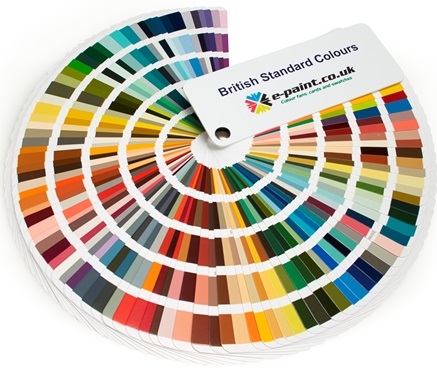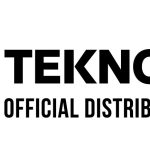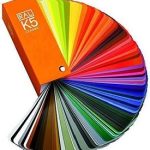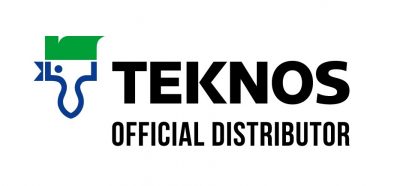The development of British Standard Colours – The origins of standard colours.
In 1930, the British Standards Institution recognised the importance of standardising colours and began developing a range of standard colours. Initially, the standard range consisted of ten pastel colours, which were showcased in a leaflet titled “Flat Colours for Wall Decoration” in 1945, named as BS381 WD. This development allowed for better consistency in the use of colours across different applications and industries.
Over time, the range of standard colours has expanded to meet the growing needs of various industries, including graphic design, printing, and manufacturing. Today, standard colours are used in a wide range of applications, from creating logos and branding materials to producing packaging and consumer products. The use of standard colours ensures consistency, accuracy, and reproducibility, making it easier for businesses to produce high-quality products that meet customer expectations.
In conclusion, the development of a range of standard colours has been a significant milestone in various industries, providing consistency and accuracy in the use of colours. As technology continues to evolve, it is likely that the range of standard colours will continue to expand to meet the needs of businesses and consumers alike.
The BS 381 / 381c range
BS381, also known as the British Standard 381, is a colour standard that was first published in 1930 by the British Standards Institution (BSI). Unlike the British Colour Council’s work, BS381 was not a coordinated range of colours, but rather a collection of individually specified colours. The standard was primarily used for camouflage, identification, signalling, and coding systems by the armed forces, government departments, public bodies, and industry.
BS381 was a crucial standard during World War II, where its colours were utilized for military purposes such as identifying allied and enemy forces, marking dangerous areas, and providing a system of communication between troops. Today, the standard is still in use, although it has been superseded by other colour standards such as RAL and Pantone.
Despite being replaced by newer standards, BS381 remains an important part of British design history. It represents the development of colour standards and their practical applications in everyday life, particularly in the context of military and industrial uses.
The BS 2660 range
In 1955, the building industry saw a revolutionary change in the form of the first comprehensive range of standard colours, known as BS2660. This range was a breakthrough at the time as it incorporated a wide range of colours including civil aviation colours, camouflage colours, post office colours, and identification colours for pipes, along with most of the colours of the previous standard range. However, the British paint manufacturers were not very welcoming towards this innovation. They believed that the range was too large and complex with 101 colours, and some of the colours were difficult to achieve with the current paint technology.
Despite the opposition from paint manufacturers, the introduction of the BS2660 colour range was a game-changer for architects and builders. The range was innovative as paint manufacturers were limited by the quality and range of pigments available in those days. They not only had to produce a matching colour, but also had to consider factors such as overcoating, weather resistance, and resistance to fading. The success of the BS2660 colour range was evident by the fact that architects had been waiting for such a comprehensive choice. It was considered a tremendous range at the time and became an essential tool for the building industry.
Development of the BS5252 range
The development of BS5252 was a significant milestone for the building industry in the UK. The Standards Committee recognized the limitations of the existing BS2660 range and saw the potential for better pigment technology. As a result, they created a draft framework of colours called DD17.
In 1972, this draft was released for the building industry under the title BS5252. Four years later, in 1976, it became the official standard. It’s important to note that the intention of this framework was not for paint manufacturers to create every colour in the range, but rather to provide a comprehensive set of colours that would cover all likely possibilities.
BS5252 has played a significant role in the industry, enabling manufacturers to create more consistent and high-quality products. It has also made it easier for architects, designers, and builders to select colours for their projects, knowing that the chosen shades will meet the required standards. With its enduring legacy, BS5252 remains a valuable resource for the building industry in the UK.
The BS4800 range
The BS5252 range played a significant role in the development of the British paint industry. In 1973, paint manufacturers in the UK adopted the BS4800 colour range, which comprised 88 colours from the previous range. However, the older range of 2660 colours was still available as manufacturers recognized its merit. Today, the BS4800 colour chart still contains gaps in numbering, such as 00 A 01 – 00 A 05, 10 B 15 – 10 B 17 – 10 B 21, among others. Interestingly, there are colours in between these gaps that are still available in many cases. This trend is similar to modern-day manufacturing, where there are little colour changes but rather variants of the same theme, like Bubble Gum Pink 1-2-3. The BS4800 colour range continues to be a significant part of the British paint industry and is recognized for its unique colour palette.





